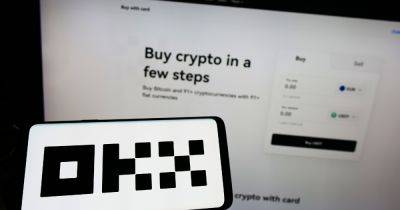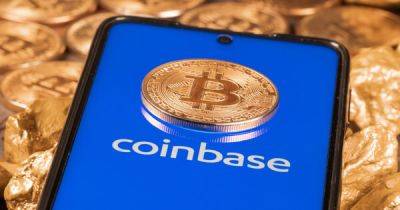Revolutionizing whitelist marketplace for Web3: WhiteList Zone partners with Cointelegraph Accelerator
In the Web3 space, one of the key challenges for new projects and products is to get a motivated audience and for crypto-enthusiasts and investors — to find the most promising projects and get in earlier than others. This is where whitelists step in, addressing several critical aspects.
A whitelist is a curated list of addresses or users with authorized access to specific privileges. It grants entry to activities like presales, token sales, initial coin offerings (ICOs), nonfungible token (NFT) minting, or access to various events. It works as an exclusive guest list, allowing only approved participants to join the party while keeping others out.
For crypto-enthusiasts and investors, whitelists represent an early-access opportunity to secure a position ahead of the crowd, enabling them to purchase assets or participate in events before the general public. Being on a whitelist often grants lower entry prices, additional token allocations or lower gas fees, enhancing the investment potential. A prominent example is the Bored Ape Yacht Club participants who received free NFTs that later had a market value significantly higher than their original price.
For projects, whitelists serve as a strategic tool to onboard the most motivated users, encouraging them to engage in activities like social media promotion and friend referrals to earn a coveted spot on the whitelist.
Moreover, whitelists ensure a fair and equitable distribution of tokens or resources, reducing the risk of concentrated ownership. They also serve as a regulatory safeguard by implementing Know Your Customer (KYC) procedures, which verify participants' identities. In essence, whitelists act as a robust security measure, shielding projects from potential scams or
Read more on cointelegraph.com






















